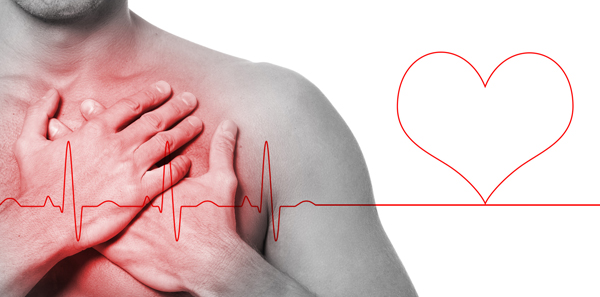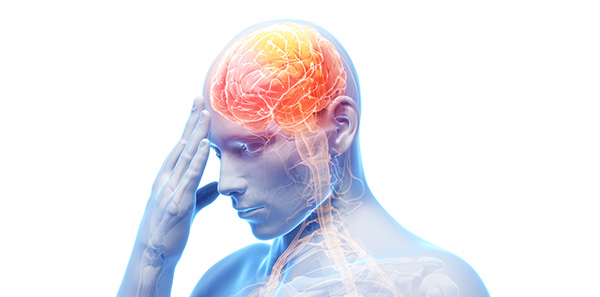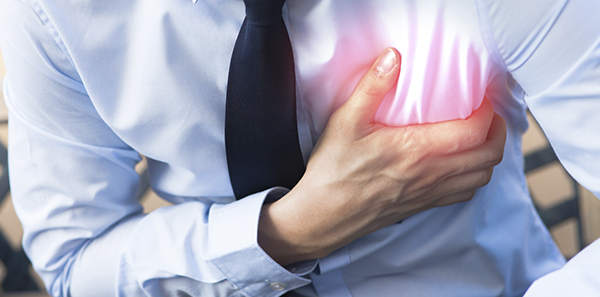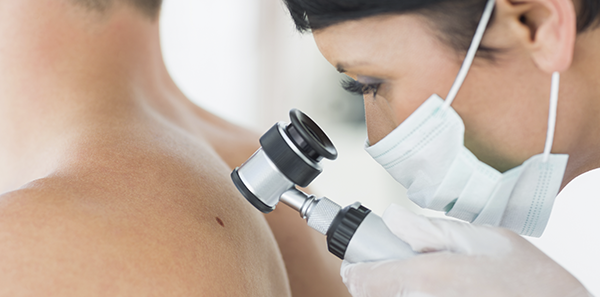
Cardiovascular disease is the biggest cause of adult mortality in the majority of developed countries.
We take readers on a short descriptive tour of the organ targeted by these pathologies, THE HEART.
The basic function of the cardiovascular system is to pump blood carrying oxygen and other nutrients to the tissues, eliminate waste products and taking other substances like hormones from one part of the body to another.
The heart is a hollow muscular organ that drives blood around the body. It is divided into four cavities, two atriums and two ventricles. The left atrium receives oxygenated blood from the lungs and pushes it into the left ventricle, which contracts and forces it through the aorta and the arteries to be distributed to the body’s tissues. The right atrium receives the blood after it has passed through all the tissues and given up most of its oxygen; the blood then goes into the right ventricle and from there to the lungs to be oxygenated. The atria are linked to the ventricles by valves, the mitral (left) and the tricuspid (right). There is another set of valves in the exit opening of the aorta in the left ventricle and in the exit opening of the pulmonary artery in the right ventricle.
The heart is irrigated and nourished by the coronary arteries. Two coronary arteries, right and left, originate from the base of the aorta as it leaves the left ventricle. The right coronary artery splits into two main branches, the posterior descending artery and the right marginal artery, which deliver blood mainly to the right ventricle and to the lower region of the left ventricle. The left coronary artery is split into the anterior descending artery and the circumflex artery, which are basically responsible for delivering blood to the left ventricle
Coronary disease is caused by a shortage of blood flow through the coronary arteries. It is known as ischaemic cardiomyopathy and its most frequent cause is arteriosclerosis. The consequences may be angina, myocardial infarction (heart attack) or sudden death.
The heart has specialist tissue responsible for generating and conducting electrical impulses in the heart. Electrical impulses are generated in the right atrium, in the sinus node, which is richly innervated by sympathetic and parasympathetic nervous system fibres, and moves through the atria, making them contract. In healthy adults, the sinus node discharges at a speed of 60 beats per minute. The electrical current then reaches the atrioventricular node on the left side of the left atrium next to the tricuspid valve and is then spread through a bundle of fibres (the His bundle) which divides into two branches, right and left, taking the electrical impulse to the ventricles and causing the ventricle to contract. Most of the cells in the heart’s electrical conduction system are irrigated by branches of the right coronary artery.
Pathologies arising from disorders affecting the production and conduction of the heart’s electrical stimulus comprise the broad group of arrhythmias (bradycardia, ventricular fibrillation, atrial fibrillation, atrial flutter, premature ventricular contraction, etc.)
Starting with this issue of the magazine, we will start to unravel the main diseases affecting the heart.
Dr. Juan Antonio Andreo Ramírez – ASSSA Medical Manager
The information published in this media neither substitutes nor complements in any way the direct supervision of a doctor, his diagnosis or the treatment that he may prescribe. It should also not be used for self-diagnosis.
The exclusive responsibility for the use of this service lies with the reader.
ASSSA advises you to always consult your doctor about any issue concerning your health.












